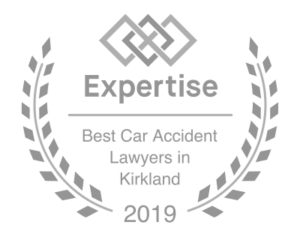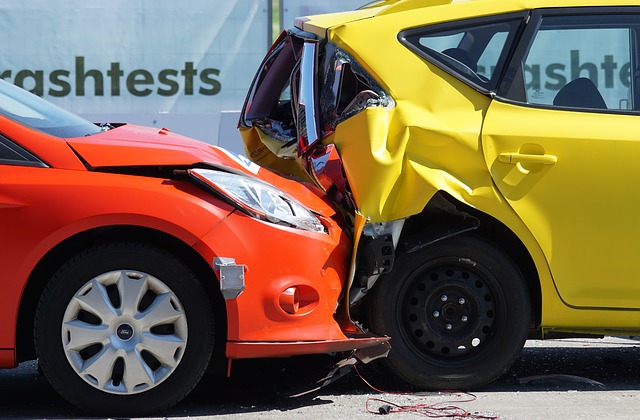 This post is from an outline we recently used for cross exam of an IME doctor in a rear end collision case. As a rule we have taken the doctor’s deposition prior to trial.
This post is from an outline we recently used for cross exam of an IME doctor in a rear end collision case. As a rule we have taken the doctor’s deposition prior to trial.
If not discussed in direct, we begin by questioning the doctor on his treatment practice. We elicit testimony on his experience in treating patients with similar injuries sustained by plaintiff. If he has little or no prior experience in treating similar injuries he lacks credibility in understanding the nature and extent of the injuries in our case.
Factors Typically Influencing Injury. Factors known to influence injury include: Gender, Age, Pre-Existing Condition, Significance of Impact, Design of Target Vehicle, Heavy duty Bumper and/or Tow Bar on Target Vehicle, Size of Bullet Vehicle, Awareness of Impact, Out of Position Body (head turned and distance from head rest). We question the doctor on the specific injury influencing factors present in our case. This introduces how our case is unique in that we have specific facts that make injury more likely.
Treatment of Patient for Cervical, Thoracic, Lumbar Sprain and Strain. Sprain and strain injuries are classic rear end collision injuries. There is nothing soft about soft tissue injuries. Sprain and strain injuries are real and it is important to revisit this in cross examination. “Define sprain.” We have the doctor recognize a sprain as an injury to ligament. We discuss how like a rubber band, once stretched and or torn beyond their elasticity, they are not the same. “Define strain.” The same holds true for muscle damage. In significant trauma the muscle fibers can be torn. When they heal the scar tissue is not the same as the initial uninjured muscle.
Typical Course of Treatment. Often the doctor will say treatment for a few weeks and the patient is good to go. This is a cop out as there are grades of sprain and strain injuries. A grade three sprain is likely a permanent injury. Here we also question the doctor on referrals he makes such as physical therapy that are similar to the treatment our client has received.
Permanent Injury Cases. Here we discuss the case where the patient has permanent injuries. Often permanent injury cases involve older people who had asymptomatic degenerative joint disease going into the collision. “Have you ever had a rear end collision patient who has not fully recovered?” Then discuss why patient never fully recovered. “What common factors have you found in patients who have not fully recovered?” (Gender, Significant impact, Rigidity of bumper, Tow bar, Mass of bullet vehicle, Out of position body, Pre-existing degenerative disc disease). “What can be done for a patient who has continuing residuals from a sprain and/or strain?”
Loss of Enjoyment. “What activities are typically impacted for patients who have permanent sprain and strain residuals?” Here we tie in our client’s impacted activities to the patients of the doctor who have had adverse impact to their similar activities.
Subjective Presentation. “Do you rely on the subjective presentation of your patient to assist in determining if a sprain and strain is permanent?” Most treating doctors practice the SOAP method. The first thing they do when they see their patient is note the subjective presentation of their patient. This is important because the patient reports what her condition is. Here we can pursue this with the IME doctor by discussing why the doctor listens to and believes the patient. “How much validity do you give to the input of your patient on continuing residuals?” “At what point do you conclude your patient has permanent residual pain and limitations?”
Your IME Practice. Now we change from treating doctor questions to IME doctor questions. “What percentage of your medical practice is forensic examinations and testimony?” “How many IME’s do you perform in a typical week?” “How much do you charge per hour for an IME.” “For deposition testimony?” For trial Testimony?” We usually stop after these basic charge per hour questions, and often we do not bother with them. Our experience is the jury knows the doctor is charging and it is a waste of time to impeach on money charged to do forensic work. The exception is when the doctor only has an IME practice, it is almost only defense, and the doctor make hundreds of thousands of dollars a year. We do ask what percent of IME work involves defense v plaintiff work.
Select Discussion of IME. At this point we cover the IME discussing favorable portions and ignoring everything else. We alternate having the doctor read select favorable portions with me reading and the doctor agreeing to select favorable portions. We always cover favorable portions of the objective exam.
The Close. Depending on the doctor and what happened at the deposition we will close with a hypothetical patient with the doctor assuming he is a treating doctor. The hypothetical fits our client’s facts. We then ask the doctor if he agrees the hypothetical patient has a permanent … injury. If the doctor is not going to go with us we close on favorable objective findings from his IME.
Post Footer automatically generated by Add Post Footer Plugin for wordpress.


 In our last post we discussed suffering. This post discusses pain. We all know what pain is having learned by toddler-hood. In a personal injury case the general damage component of pain is readily understood by the jury. Pain does present problems though. Problems arise in dealing with jurors who have pain,
In our last post we discussed suffering. This post discusses pain. We all know what pain is having learned by toddler-hood. In a personal injury case the general damage component of pain is readily understood by the jury. Pain does present problems though. Problems arise in dealing with jurors who have pain, 
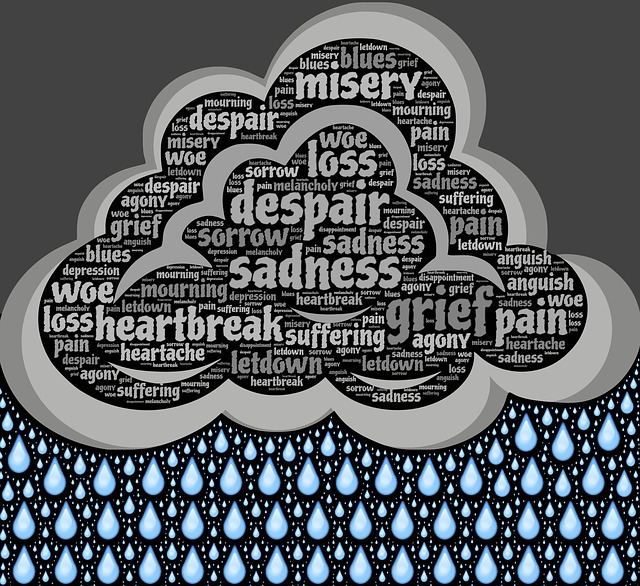 General Damages in Washington include disability, loss of enjoyment of life, pain and suffering, and disfigurement. In this post we discuss suffering. Suffering is often lost when general damages are discussed at trial. One reason is it is lumped together with pain as in pain and suffering. The tendency is to then ignore suffering. This is unfortunate and a mistake as suffering is separate from pain.
General Damages in Washington include disability, loss of enjoyment of life, pain and suffering, and disfigurement. In this post we discuss suffering. Suffering is often lost when general damages are discussed at trial. One reason is it is lumped together with pain as in pain and suffering. The tendency is to then ignore suffering. This is unfortunate and a mistake as suffering is separate from pain.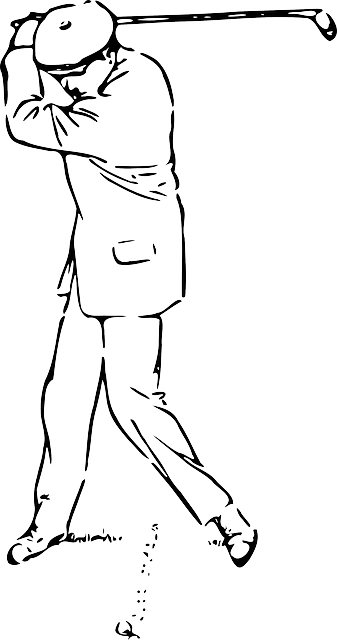
 This post is from an outline we recently used for cross exam of an IME doctor in a rear end collision case. As a rule we have taken the doctor’s deposition prior to trial.
This post is from an outline we recently used for cross exam of an IME doctor in a rear end collision case. As a rule we have taken the doctor’s deposition prior to trial.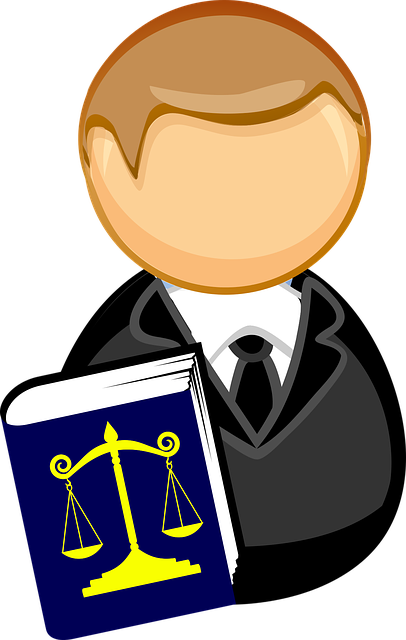 A personal injury lawyer is often called upon to arbitrate his client’s case. This post written while I prepare for an arbitration discusses personal injury arbitration.
A personal injury lawyer is often called upon to arbitrate his client’s case. This post written while I prepare for an arbitration discusses personal injury arbitration.